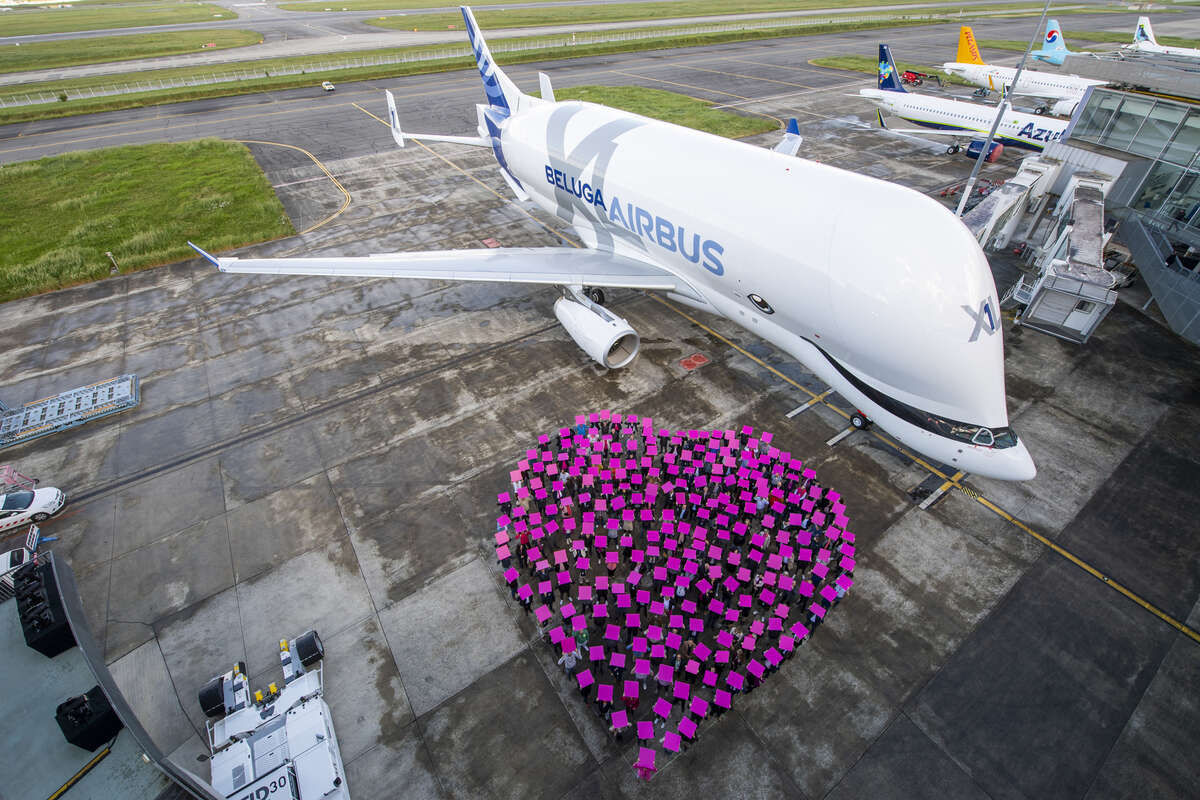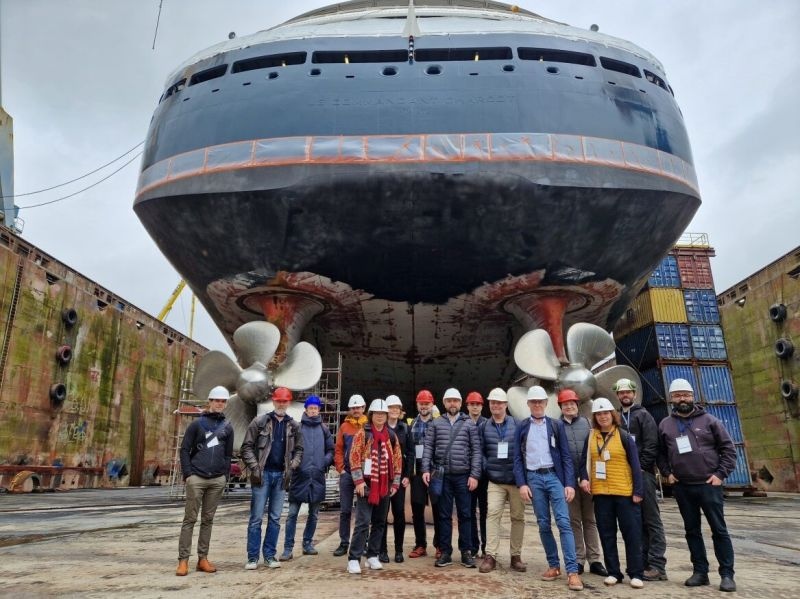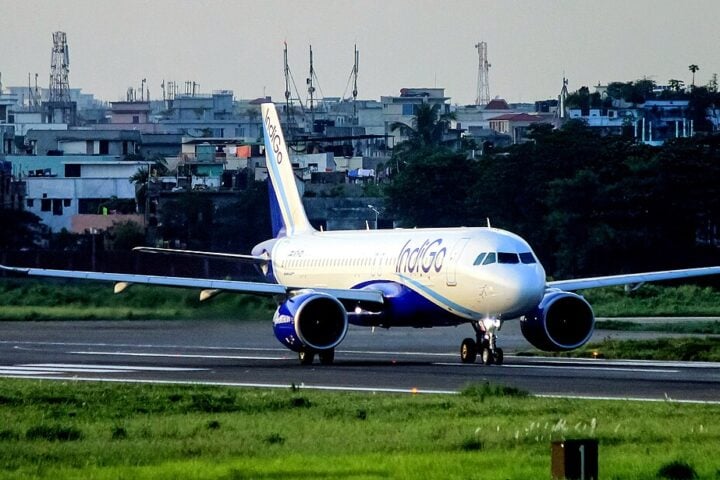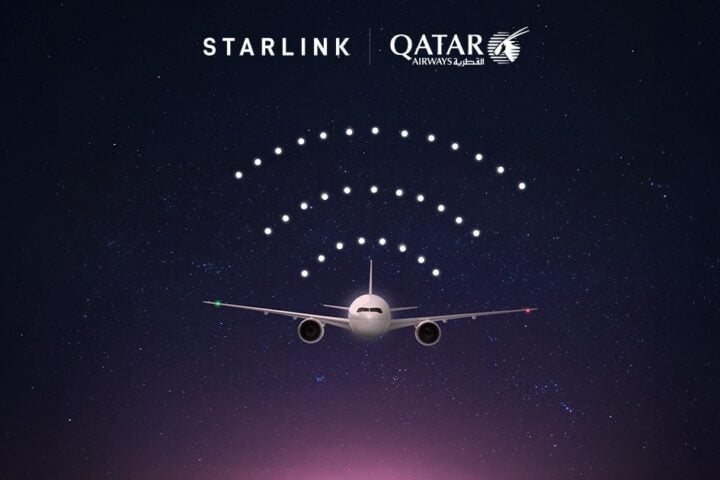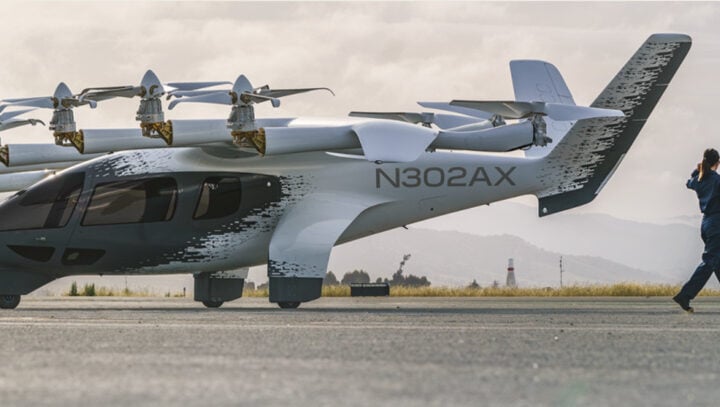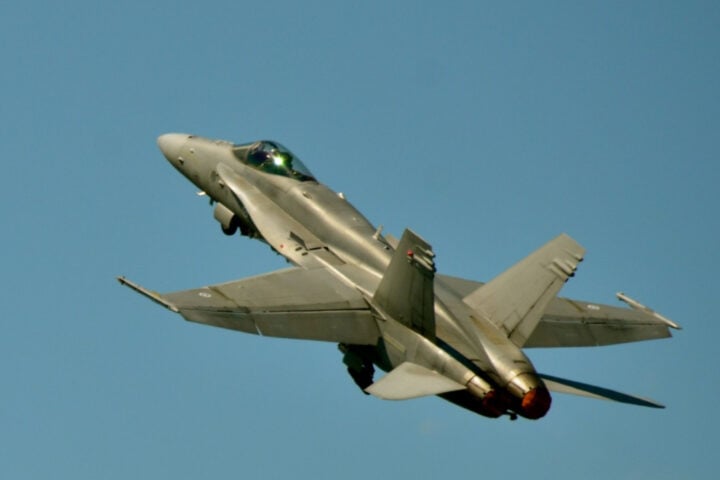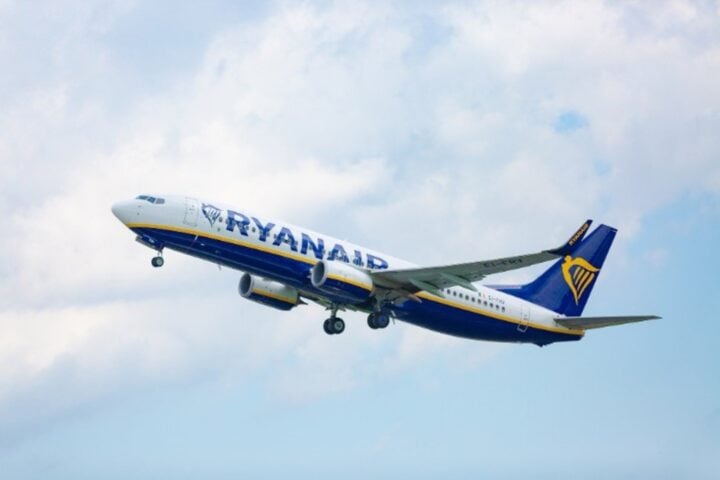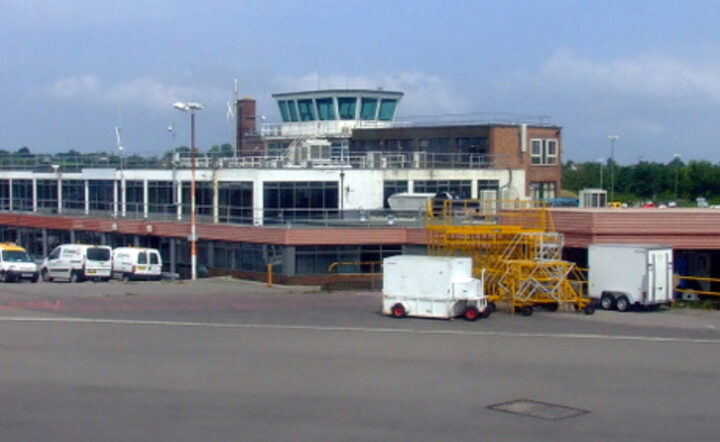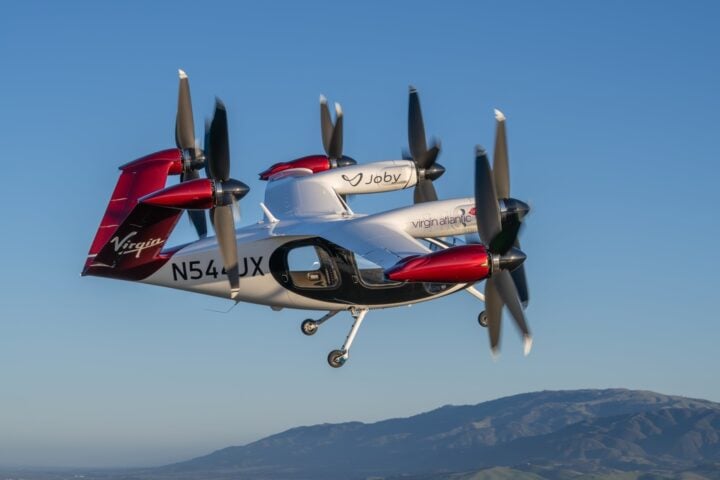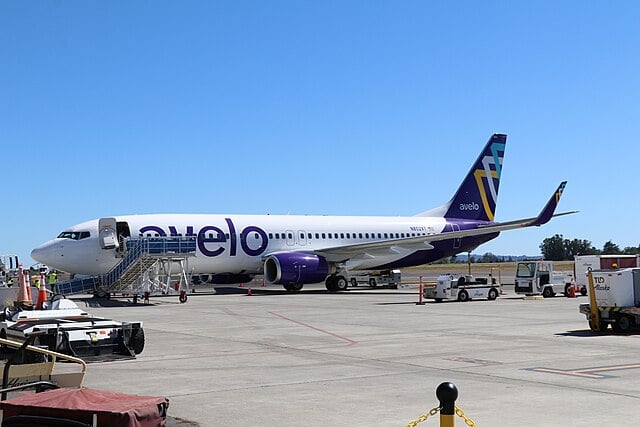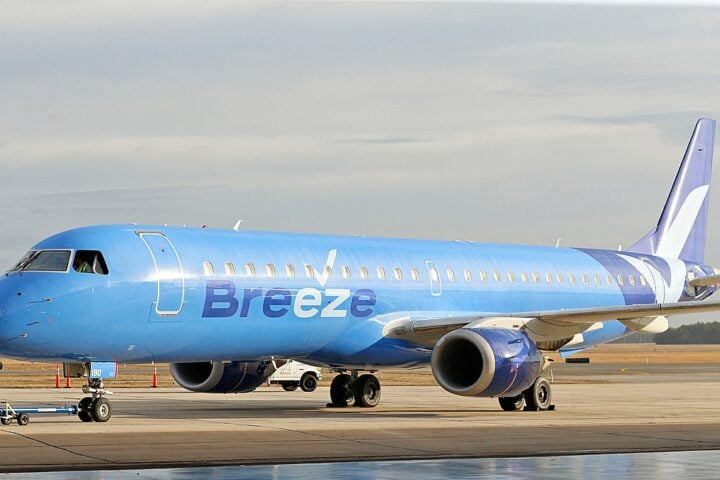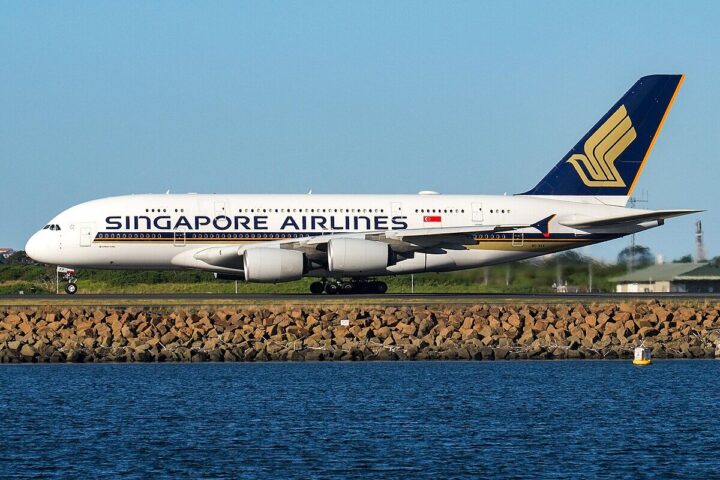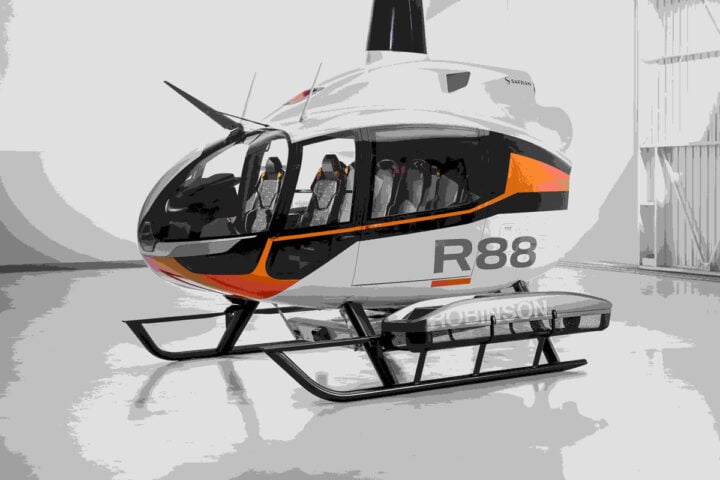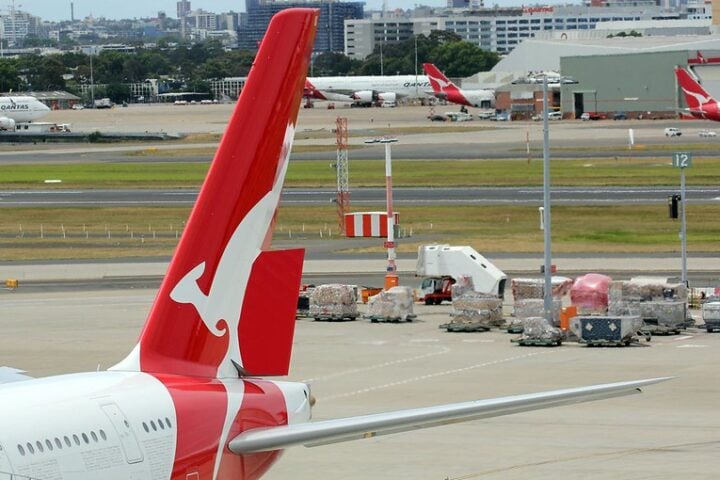The European manufacturer Airbus has put into operation this month the last of its six iconic BelugaXL freighters, after serving as a test platform for the program since 2018. These successors to the A300-600ST, the iconic original Beluga, continue their mission of strengthening the company’s industrial capabilities. The BelugaXL (BXL) joined its five siblings at Airbus Transport International (ATI) after serving as a test aircraft. ATI, a subsidiary of Airbus, has been the company’s in-house airline since 1996.
“What was a truck in the morning was an aircraft by the afternoon,” said Bertrand George from Airbus in a statement “You see the work of thousands of people and thousands of hours taking flight in front of your eyes.”
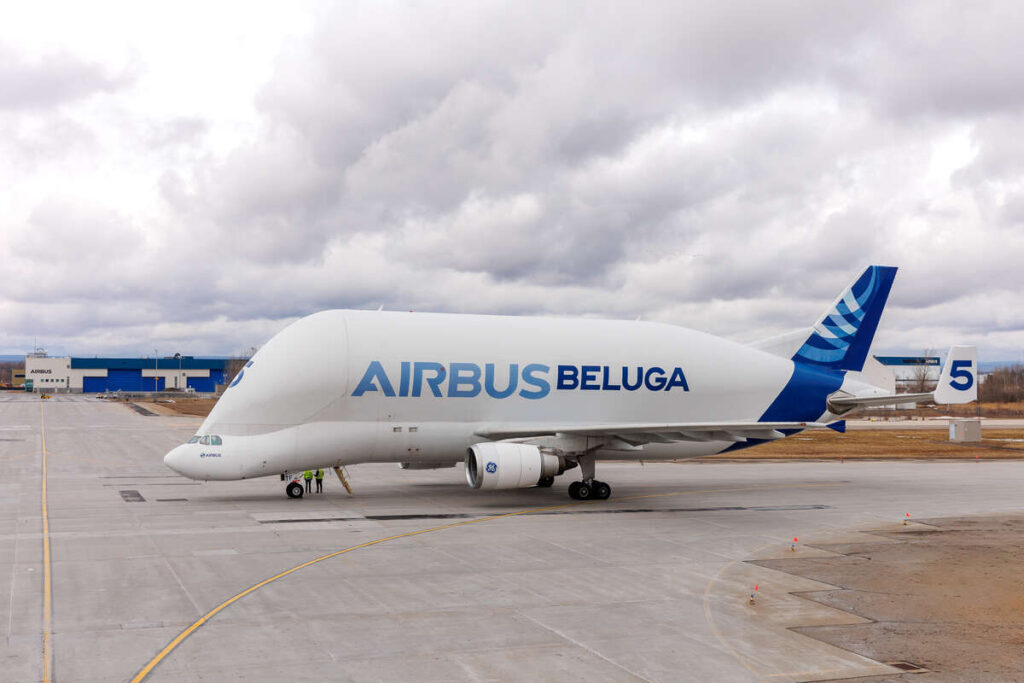
Offering 30% more payload capacity than its predecessor, the A300-600ST, the BXL played a crucial role in accelerating Airbus production. The six transport aircraft, built in Toulouse, transport subassemblies and components between Airbus’ European manufacturing plants. Each mission has an average response time of only 70 minutes, thanks to specially designed cargo facilities at Airbus plants in France, Germany, Spain, and the United Kingdom.
Bertrand expalined, “Our instructions were to halve the BXL’s original development cost, and deliver the first aircraft – certified as a normal A330ceo – within five years. Fortunately we had carte blanche to explore novel approaches to make it happen. Those experiences will be beneficial to future programmes in all of Airbus’ businesses.”
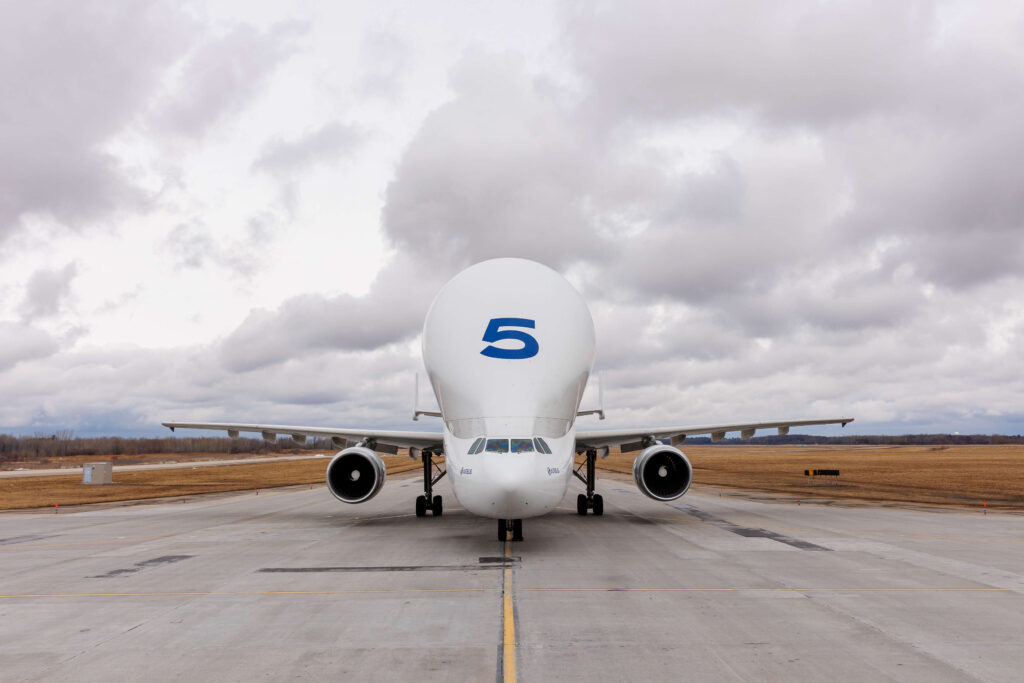
The final delivery to ATI marks the closure of the BelugaXL program, launched in 2014. The development team was centralized, bringing together about 1,000 Airbus engineers and suppliers in one place to shorten decision cycles and simplify processes. Parts, equipment, and design principles were reused and borrowed from other Airbus platforms where possible. All of this helped the BXL move from the drawing board to its first flight in just five years.
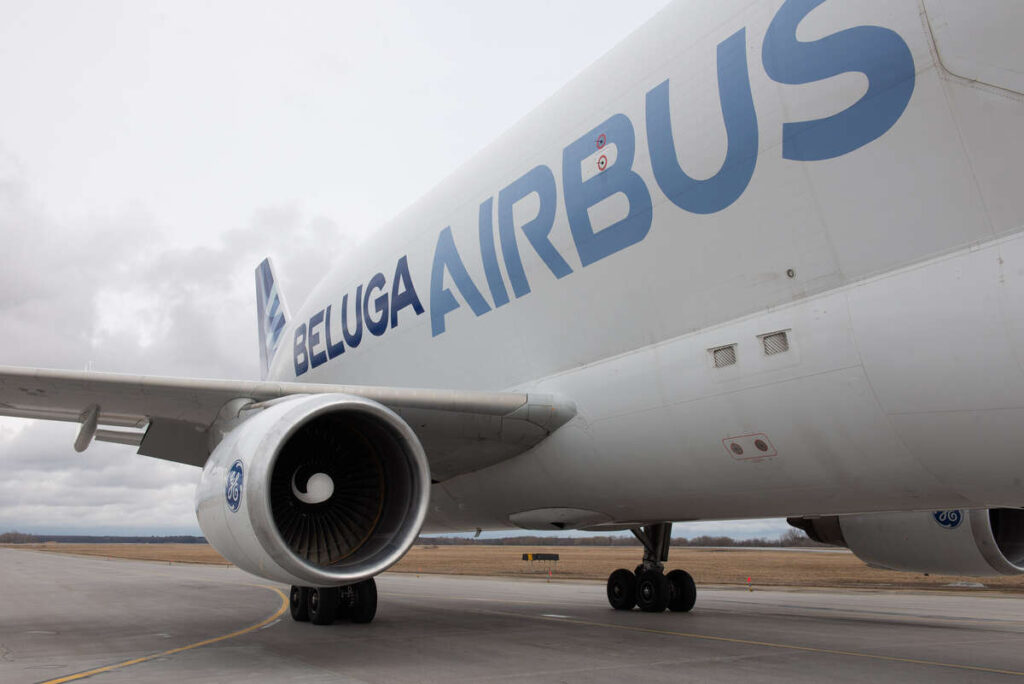
As is traditional for the first cell to come off the assembly line, BXL#1 did not immediately enter service. Instead, after its maiden flight, it served as a program test bed until 2023. In four years, the giant transport aircraft completed over 800 flight test hours, during which pilots explored how the BXL handled the type of operating conditions it would encounter when traveling between 11 European destinations. Now, after a well-deserved rest and major refurbishment, BXL#1 is ready to take on its share of the load. This additional increase is welcome as all of Airbus‘ commercial aircraft programs are increasing production until 2024.
Similar Posts
Based on the A330-200 freighter, each BelugaXL has a payload capacity of 51 tons and a range of over 4,000 kilometers. The aircraft is the length of two blue whales and the height of a three-story office building. Its cargo hold is large enough to accommodate 26 small cars or seven elephants. Most importantly, the transport aircraft can accommodate the largest section of the Airbus A350 fuselage or two of the 30-meter-long wings, while its predecessor could only carry one.
ATI’s BelugaXL fleet is expected to reach 9,500 flight hours annually by 2027, compared to the 6,500 flight hours forecast for this year. Additionally, like its predecessor, the BelugaXL can operate on a blend of sustainable aviation fuel (SAF), helping Airbus to achieve its goal of increasing SAF usage in its internal flight operations. By 2023, SAF was responsible for over half of ATI’s fuel consumption. Sustainable fuel is now available across almost the entire BXL European network. By 2030, all fleet flight operations will be conducted with SAF, in line with Airbus’ sustainable development roadmap. The larger capacity of the BXL also means fewer flights are needed compared to its predecessor. ATI plans to operate the BelugaXL for 30 years. The production infrastructure of the program (giant jigs and tools) is being slowly dismantled and stored, in case additional aircraft are needed in the future. The last aircraft has finally joined the fleet after proving the capabilities of the BelugaXL.
